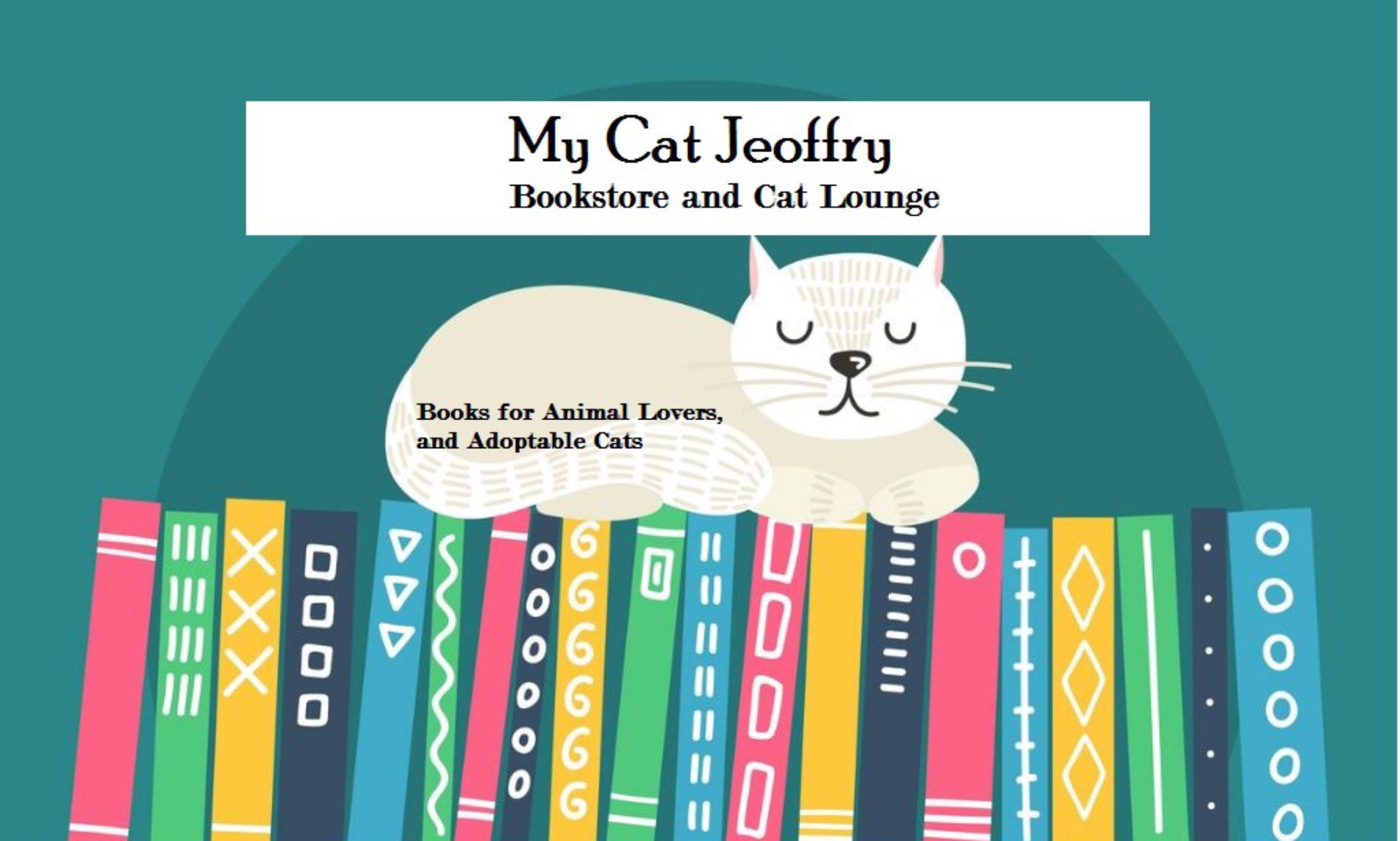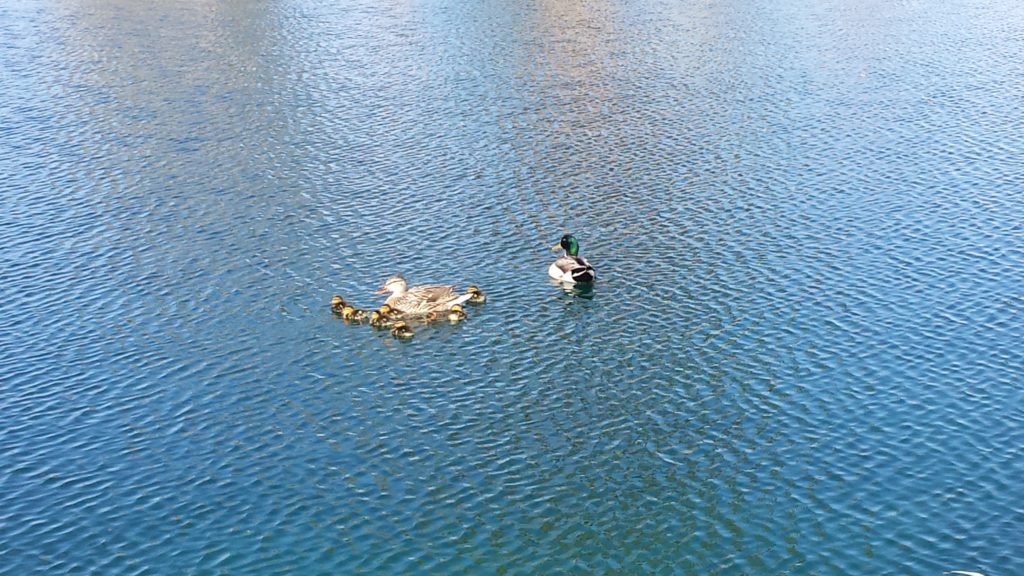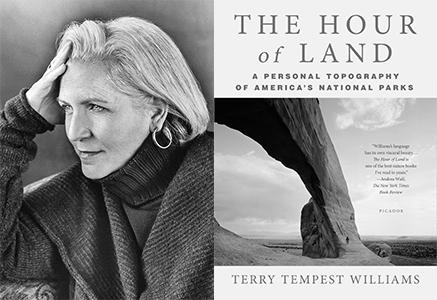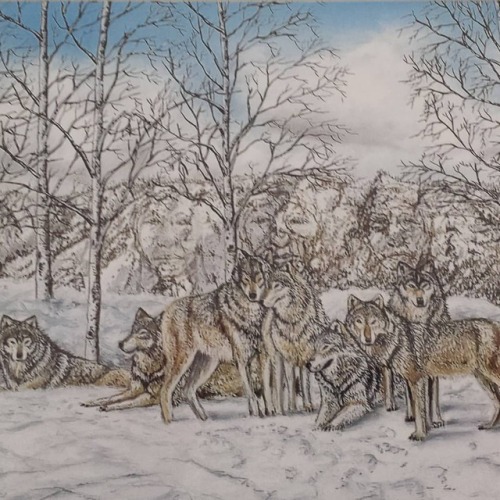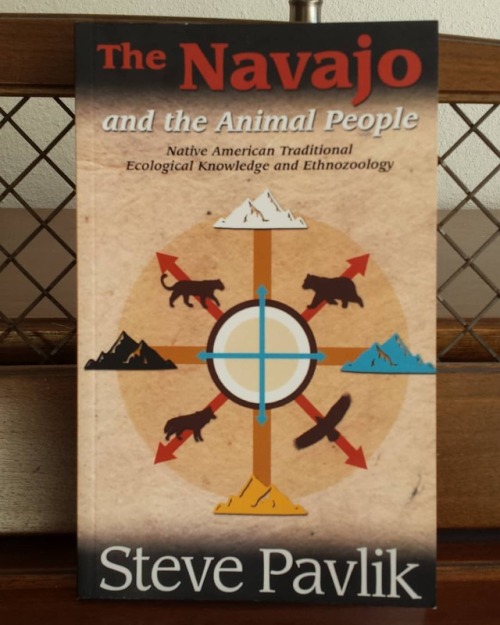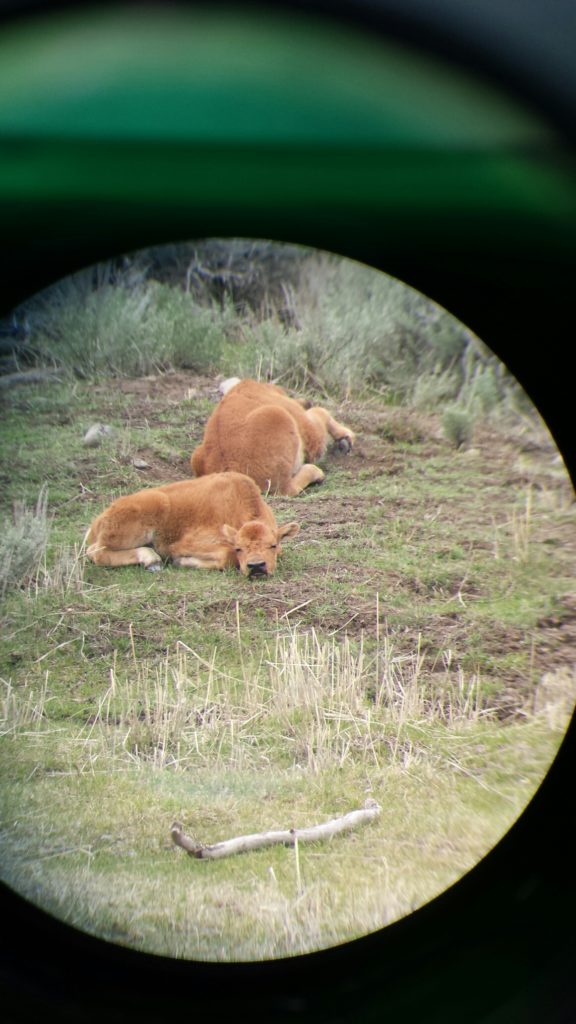
We recently returned from a trip to Yellowstone National Park. Above is a pic of some adorable baby bison, viewed through a scope. We primarily went to do some quality wolf-watching, after reading a wonderful book by Terry Tempest Williams, which we blogged a bit about here.
Little did we know how evasive those wolves could be! They are terrified of humans, after all we’ve done to them, and won’t come anywhere near us. So, you basically have to find them with an extreme magnifying glass called a scope. They won’t even show up in basic binoculars they stay so far away. Made us realize how rare the wolf encounter in the memoir, Romeo, was. Now we want to go to Juneau!
We did see one black bear (no grizzlies), and several moose, elk, pronghorns, coyotes, and many, many, many, many bison! Here are some of our pics:
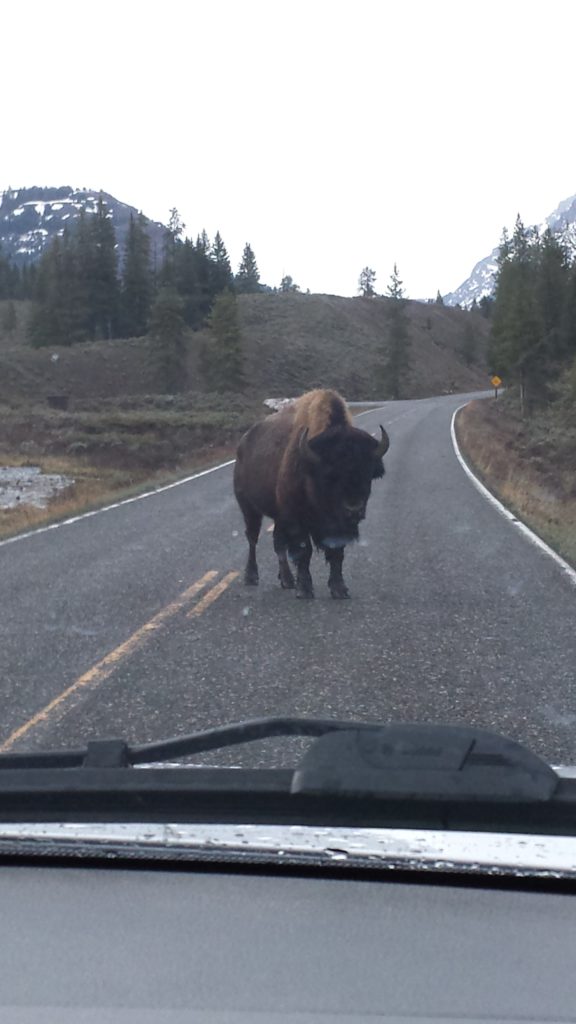
“Slow down. You’re going too darn fast!” says Mr. Bison.
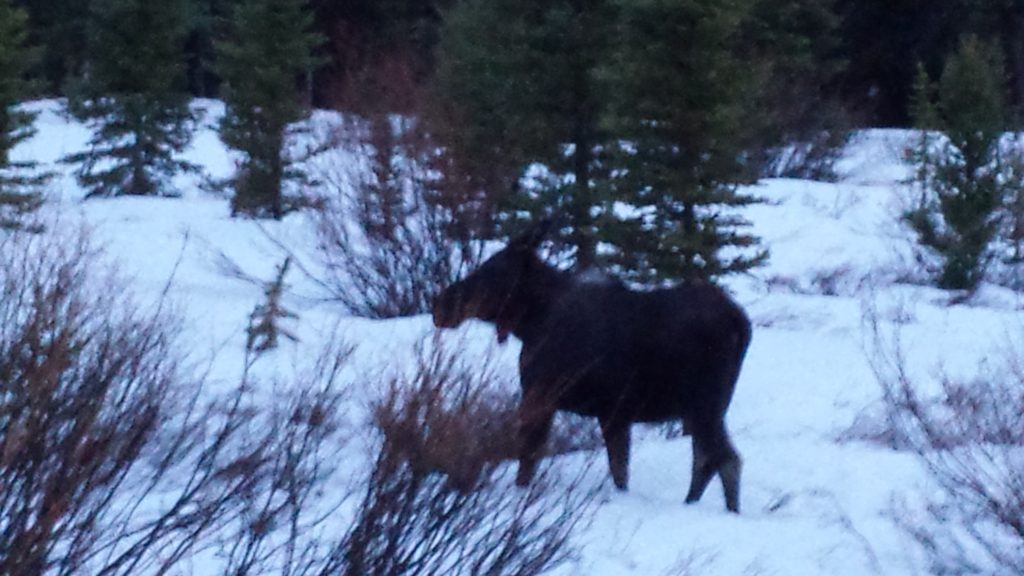
A moose we spotted one evening. It is darn hard to get good pictures. Our respect for wildlife photographers grew immensely on this visit!

A momma bison and her baby, viewed through a scope.
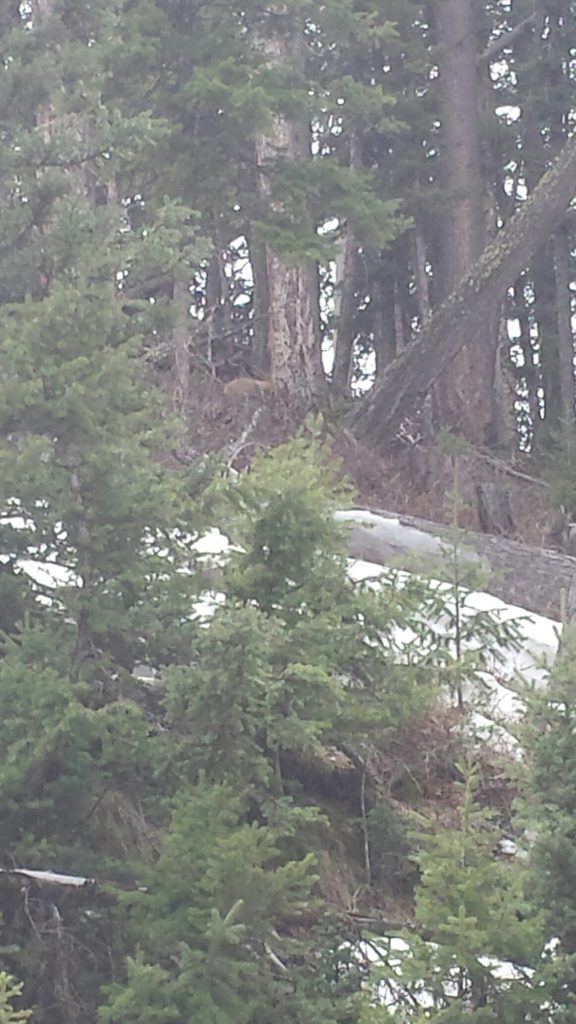
We didn’t see any grizzlies, but we saw this one brown-colored black bear from far away. He’s lying down, back toward us, right next to the tree in the center of the pic.
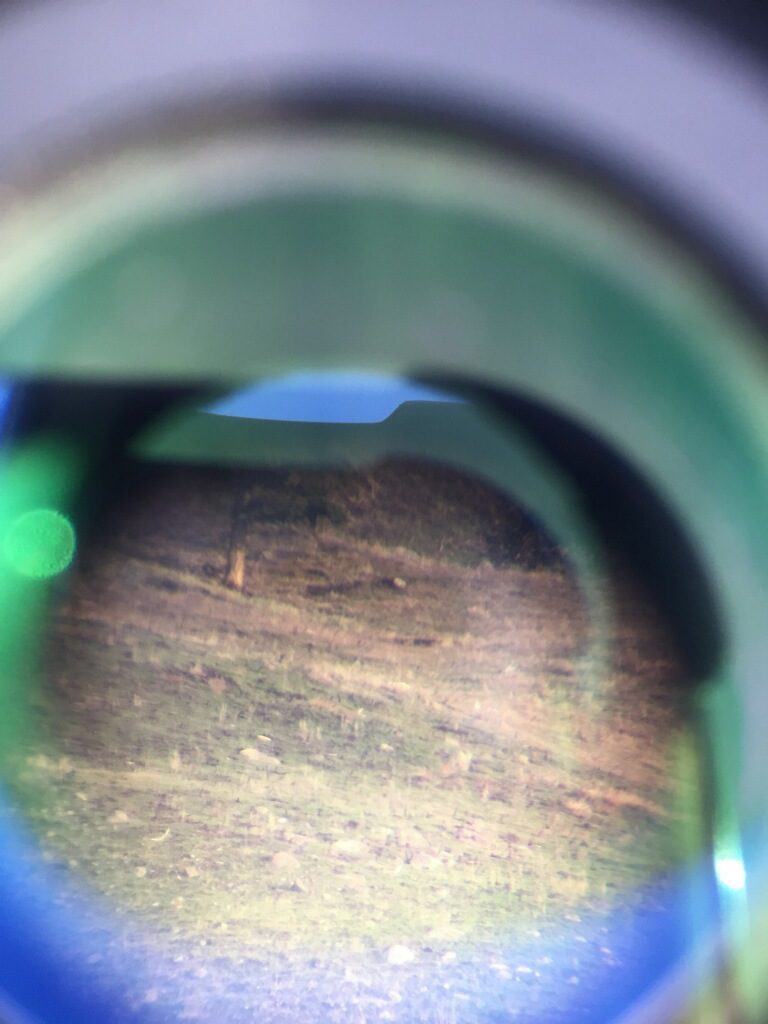
Soooo hard to get any real pics of wolves, they stay so far away from us. This is through a massive scope lens. She is lying down about an inch below the tree trunk at the top of the scope. She is lying near the den housing her cubs. We waited over an hour for some action, but the most she did was lift her head and appear to be looking in our direction, from about twenty miles away! Sadly, they’re smart not to come around us. Humans haven’t done too well by wolves. Well, we haven’t acted well toward any of our great American predators.
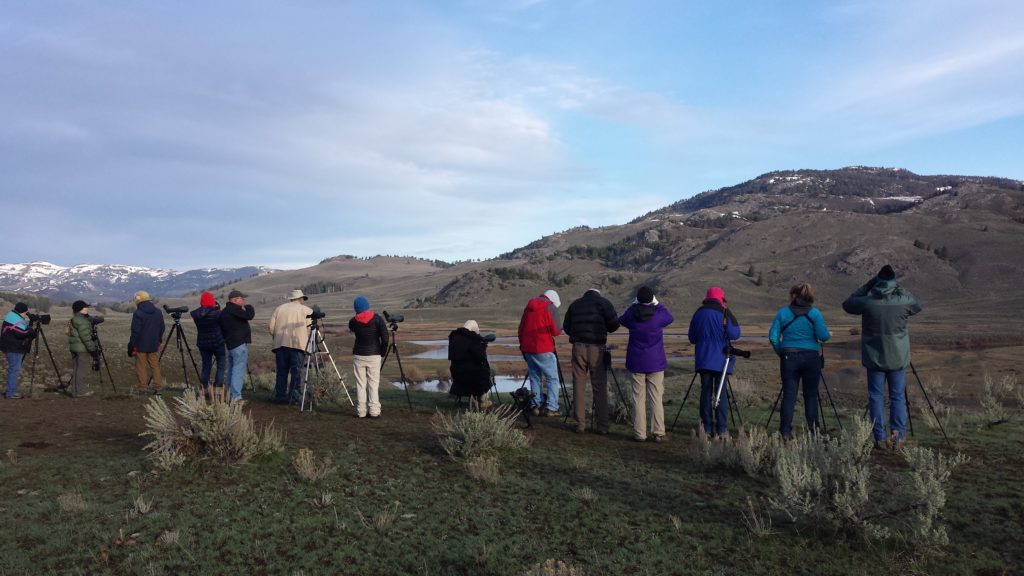
There were lots of wolf-watchers – people setting up scopes and watching the animals for hours. I would have had no idea what I was looking at without their help. These people are experts. Some are pros, some are just very enthusiastic lovers of the animal, who help the park’s rangers track them. There’s a wonderful Facebook page devoted to the wolves of Yellowstone, of Lamar Valley, where most of them live. It’s called Legend of Lamar Valley and I am now hooked on it!
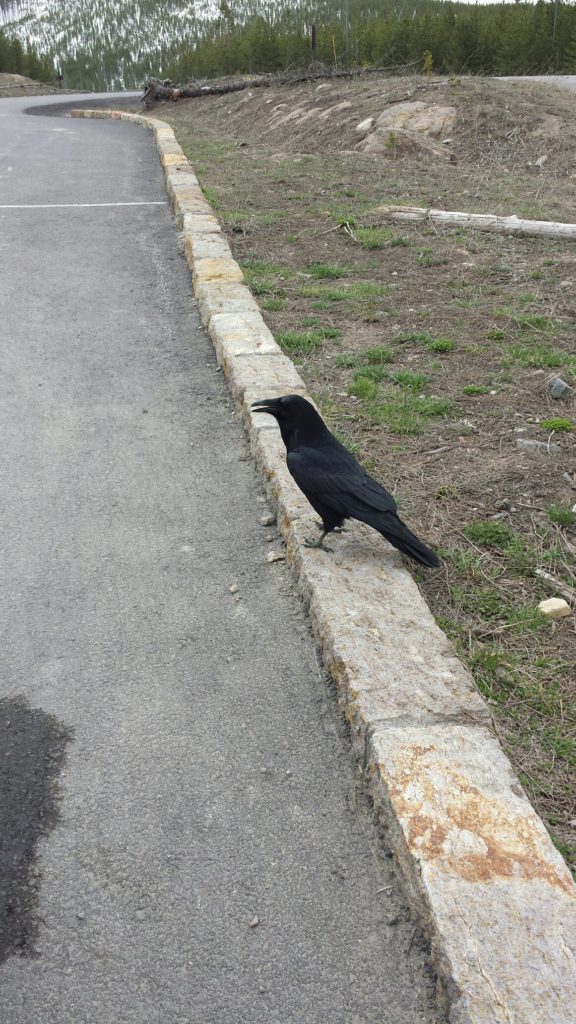
One thing I learned was how smart ravens are. They basically make friends with the wolves when they are cubs, then help them find food. The wolves in return share their killings with the little birds.
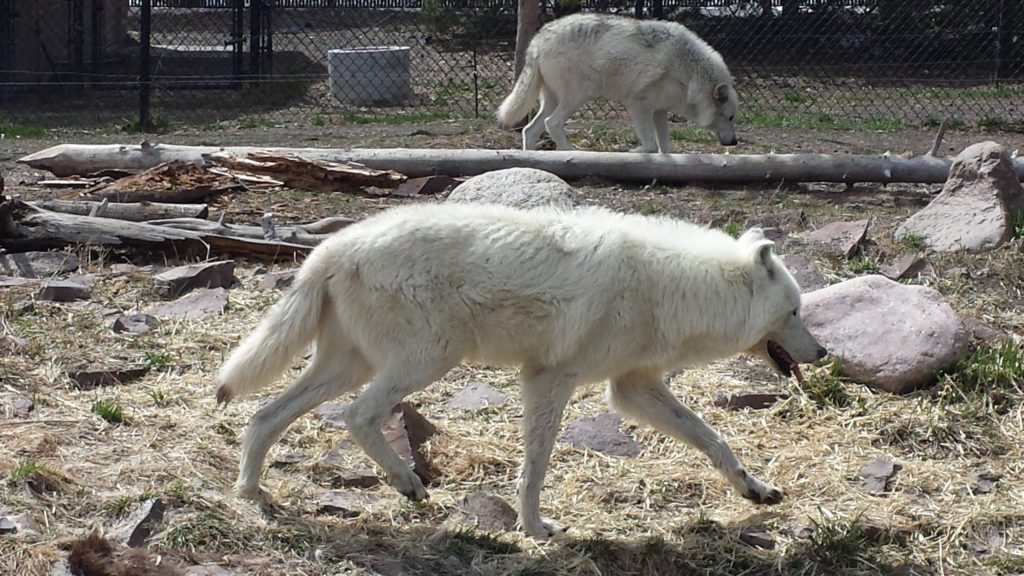
My tour guide felt badly that I didn’t get to see any wolves or grizzlies up close so we went to this wildlife educational center in West Yellowstone, Grizzly and Wolf Discovery Center, where they had several. Here are two beauties. So, yep, got to see my wolves after all!
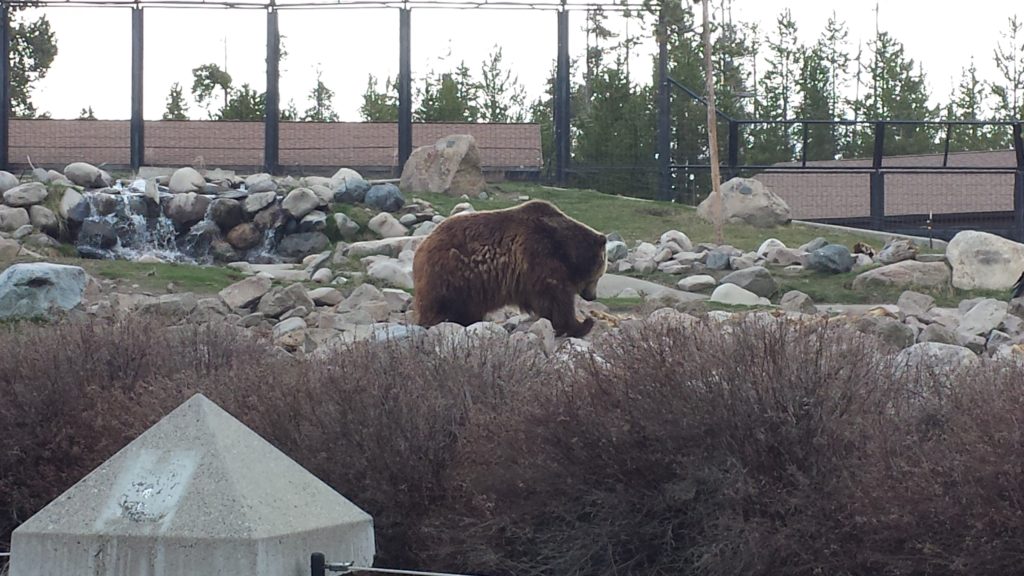
And a grizzly 🙂 This guy is from Alaska, so he’s pretty big, feeding on all that salmon.
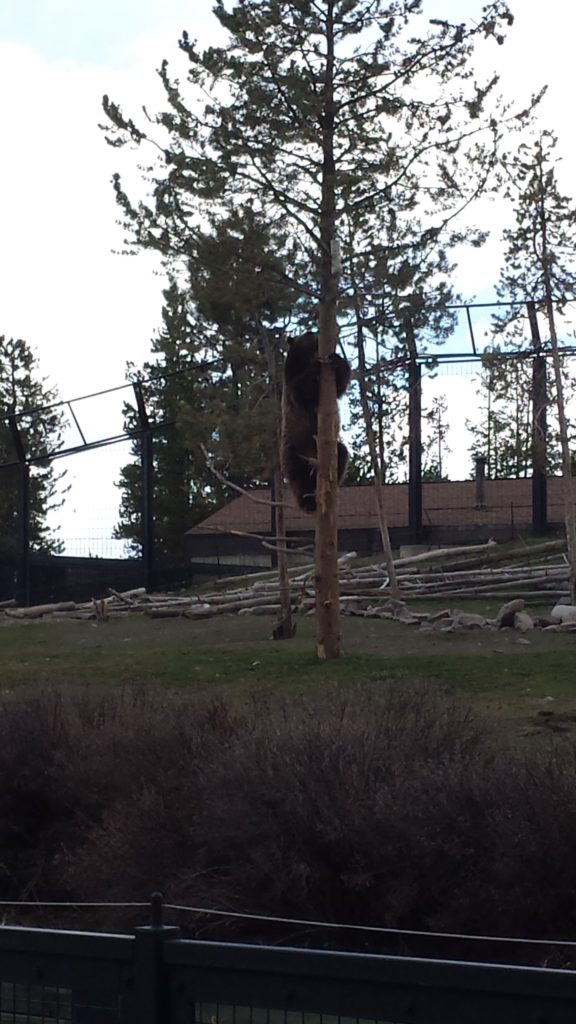
This lady loves to climb trees for her food!
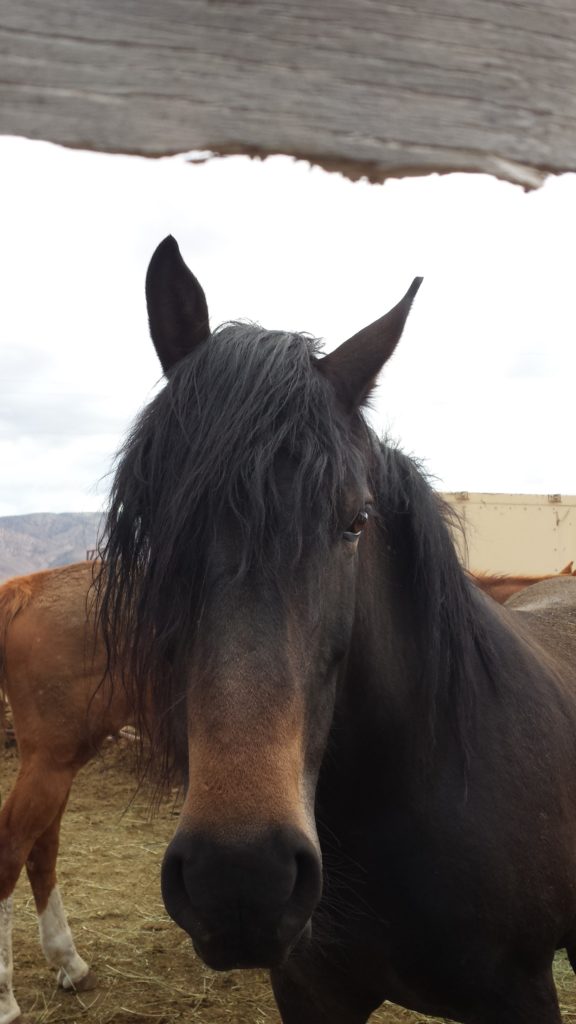
After leaving Yellowstone, we went on to Reno for the RT Booklovers Conference. Before the convention, we took a little tour to see some wild mustangs. I noticed their bodies are more solid and their manes are wilder than their non-wild counterparts. But they seemed very friendly!
Wonderful trip and we had a blast! I may go back for a winter wolf-watching expedition. Supposedly they are a little less shy because the park is so much quieter. I don’t know though, since I don’t have a lot of experience with snow. We’ll see!
